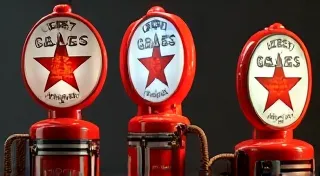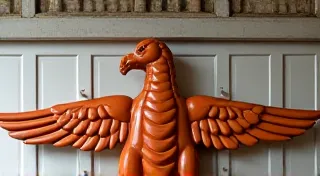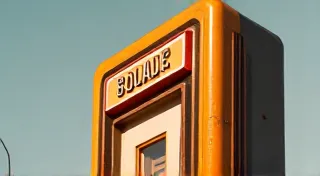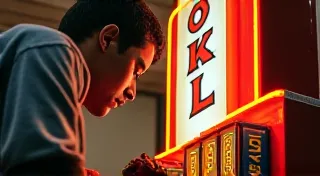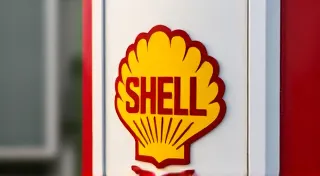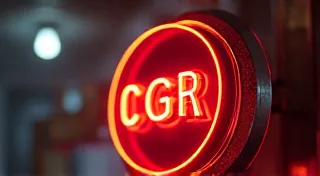Signatures of Time: Cartography of a Vanished Landscape
They stand, or once stood, sentinel along forgotten highways, whispering tales of a time when gas was cheap, chrome gleamed relentlessly, and a full tank felt like a small indulgence. Vintage gas signs aren’t merely advertisements; they are windows – portals, even – to a vanished landscape. Consider them miniature maps, a cartography of Americana rendered in vibrant enamel and sturdy steel, charting not only the locations of bygone filling stations but also the subtle shifts in a nation’s collective memory. They are signatures of a time, etched in color and form, each sign a testament to the ingenuity and artistry of a different era.
My grandfather, a mechanic with grease permanently embedded under his fingernails, had a single, faded Texaco sign hanging in his workshop. It wasn’t pristine; the colors were muted, and a patch of rust clung stubbornly to the bottom edge. Yet, I remember being mesmerized by it. It wasn’t just the visual appeal; it was the feeling it evoked – a yearning for a simpler, more tangible world. He rarely spoke about its history, but I understood, without needing words, that it represented a connection to his youth, to a time when his craft was more revered and communities felt tighter.
Regional Variations: Reading the Land
Just as a modern map uses contour lines to depict elevation and color gradients to show rainfall, vintage gas signs use design and iconography to reflect regional industries and cultural identities. The differences are surprisingly telling. In the oil-rich regions of Texas and Oklahoma, you’d find signs showcasing vast landscapes and depictions of drilling rigs – celebrating the very source of the region's prosperity. These weren't subtle nods; they were declarations of local pride.

Moving east to the Midwest, signs often feature images reflecting agricultural abundance – scenes of cornfields stretching to the horizon or depictions of tractors and farm equipment. These were communities sustained by the bounty of the land, and their gas signs reflected that reality. The colors, too, subtly shift – a tendency towards earthier tones in the agricultural heartland, as opposed to the bolder, more saturated hues common in coastal regions.
The coastal signs, particularly those from the pre-Interstate era, often displayed a different type of charm – a reflection of burgeoning tourism and a burgeoning auto culture. Brands like Shell and Union often used nautical themes, evoking the allure of the open road and the promise of adventure. The typography, too, became more stylized and modern, mirroring the emerging design aesthetics of the time. The sheer variety speaks volumes about the fragmented, localized nature of American commerce before the homogenization brought on by national chains and highway systems.
Craftsmanship & Materials: A Lost Art
The creation of these signs was a labor of love, a testament to the skills of a bygone era. The materials themselves – thick-gauge steel, vibrant enamel, hand-painted lettering – represented a level of quality rarely seen today. The enameling process, in particular, was an art form requiring immense skill and precision. Layers of glass powder were carefully applied to the steel, fired in furnaces, and then meticulously hand-painted. The result was a durable, eye-catching sign designed to withstand decades of harsh weather conditions.
Consider the detail in some of the older signs, the subtle shading on a painted logo, the perfect curve of a hand-lettered word. These weren’t mass-produced, cookie-cutter advertisements. They were crafted by artisans who took pride in their work, and that pride shines through in every detail. The fact that so many of these signs have survived, often in remarkably good condition, is a testament to both the quality of their construction and the enduring appeal of a bygone era.
The Psychology of Nostalgia & Collective Memory
The appeal of vintage gas signs goes beyond mere aesthetics. They tap into a powerful sense of nostalgia, a yearning for a time perceived as simpler, more authentic. They remind us of family road trips, of roadside diners, and of a slower pace of life. In a world dominated by digital screens and fleeting trends, these signs offer a tangible link to the past, a reminder of our collective heritage.
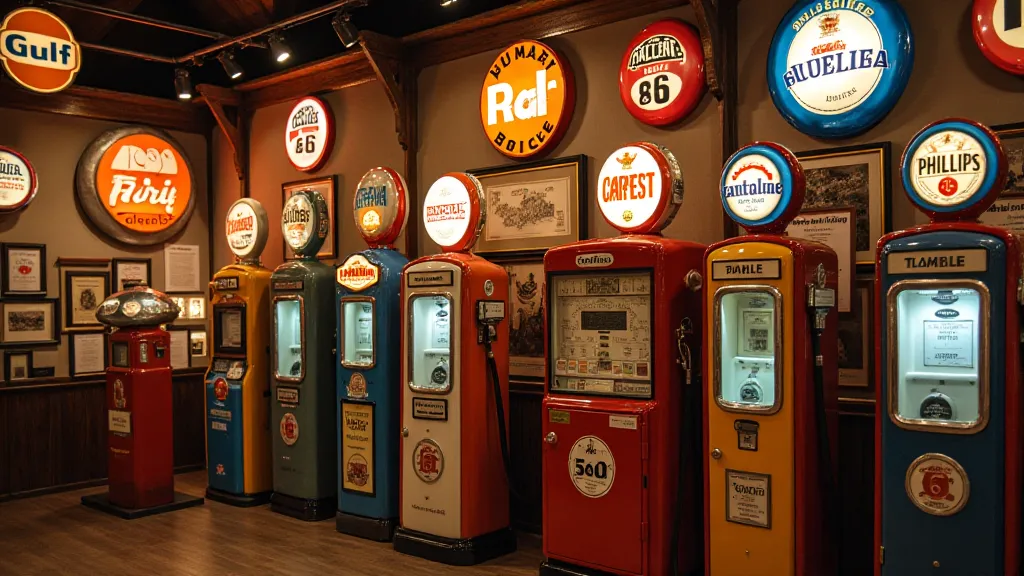
These “maps” chart more than physical locations. They map a nation’s anxieties and aspirations, its evolving identity. The shift from ornate, hand-painted signs to simpler, more streamlined designs reflects the increasing influence of modernism and the rise of mass production. The disappearance of many local brands, replaced by national chains, signifies the increasing homogenization of American culture. They become potent symbols of how much, and how little, has changed.
Collecting & Preservation: Charting the Future
The interest in collecting and restoring vintage gas signs has surged in recent years. Collectors are drawn to their beauty, their historical significance, and their potential for investment. However, the restoration process itself requires a delicate touch. Aggressive cleaning or improper repairs can damage the original paint and diminish the sign’s value.
The best approach is often to stabilize the existing condition, addressing any structural issues while preserving as much of the original paint as possible. Professional restorers often use techniques such as chemical stripping, careful repainting, and protective coatings to ensure the sign’s longevity. Ultimately, the goal is to preserve these "maps" of Americana, ensuring that future generations can appreciate their beauty and learn from their historical significance. The true treasure lies not only in owning a piece of the past, but in contributing to its continued story.
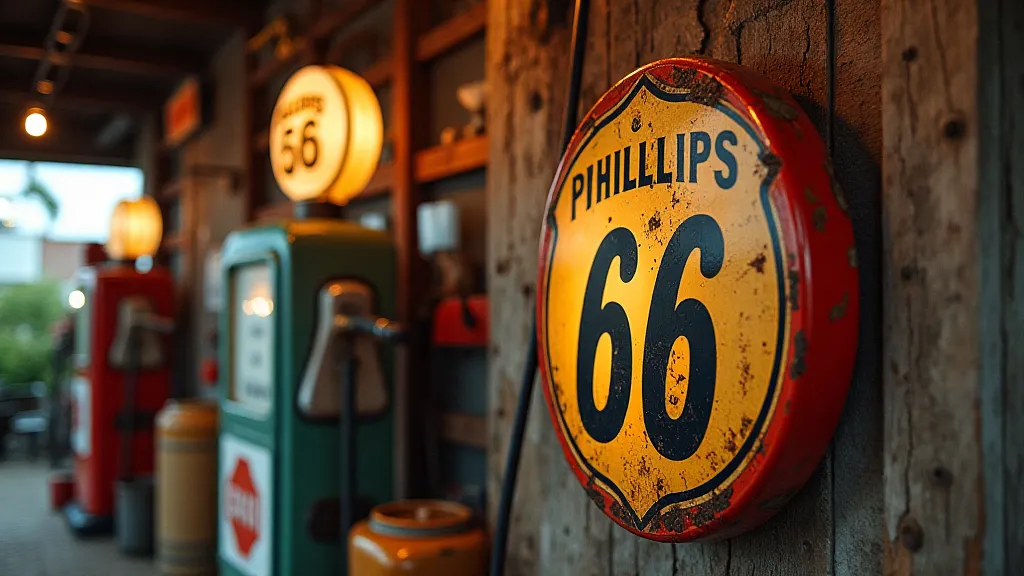
These weathered relics aren't just advertisements; they are signatures of a time, frozen in enamel and steel, forever charting a vanished landscape. They beckon us to remember, to appreciate, and to preserve a part of our nation’s vibrant and ever-evolving story.
